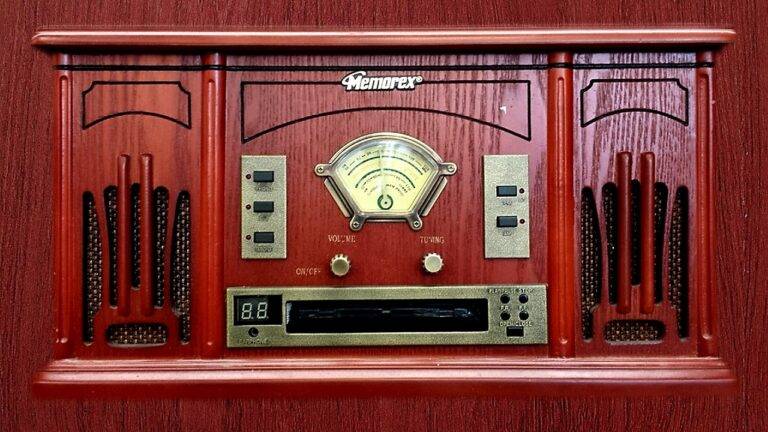Analyzing the Success of Animated Series: From Saturday Morning Cartoons to Streaming Hits
In recent years, animated series have skyrocketed in popularity, captivating audiences of all ages across the globe. One significant factor behind this trend is the diverse range of genres and themes that animated shows explore. From light-hearted comedies to intricate mysteries, the versatility of animated series allows for a wide array of storytelling possibilities that cater to various viewers’ interests and preferences.
Moreover, the visual appeal of animated series plays a crucial role in their widespread appeal. Animation allows creators to bring fantastical worlds and characters to life in ways that live-action productions simply cannot replicate. The vibrant colors, imaginative designs, and fluid movements seen in animated shows capture viewers’ attention and transport them to immersive universes that spark their imagination and creativity.
Evolution of Animation Techniques in Television
As television continues to evolve, so do the animation techniques used in creating animated series. From traditional hand-drawn animations to computer-generated imagery (CGI), the medium has seen a significant shift in technology and methods over the years. In the early days of television, animations were primarily hand-drawn on cells, requiring meticulous attention to detail and a labor-intensive process that has since been revolutionized by digital animation tools.
The introduction of CGI in the 1990s marked a major turning point in the evolution of animation techniques in television. This groundbreaking technology allowed for more intricate and visually stunning animations, paving the way for a whole new era of creativity and storytelling in animated series. As CGI became more widely adopted and advanced, it opened up endless possibilities for animators to push the boundaries of what was previously thought possible in the world of television animation.
What are some factors contributing to the popularity of animated series on television?
Some factors contributing to the popularity of animated series on television include their ability to appeal to a wide range of audiences, their ability to explore imaginative and fantastical worlds, and their ability to tackle complex themes and issues in a way that is entertaining and engaging.
How have animation techniques evolved in television over the years?
Animation techniques in television have evolved from traditional hand-drawn animation to computer-generated animation. This evolution has allowed for more intricate and detailed animation, as well as the ability to create more realistic and dynamic movement in characters and scenes.
What are some of the most popular animation techniques used in television today?
Some of the most popular animation techniques used in television today include 2D animation, 3D animation, stop-motion animation, and motion capture. Each of these techniques offers its own unique advantages and can be used to create different styles and effects in animated series.





